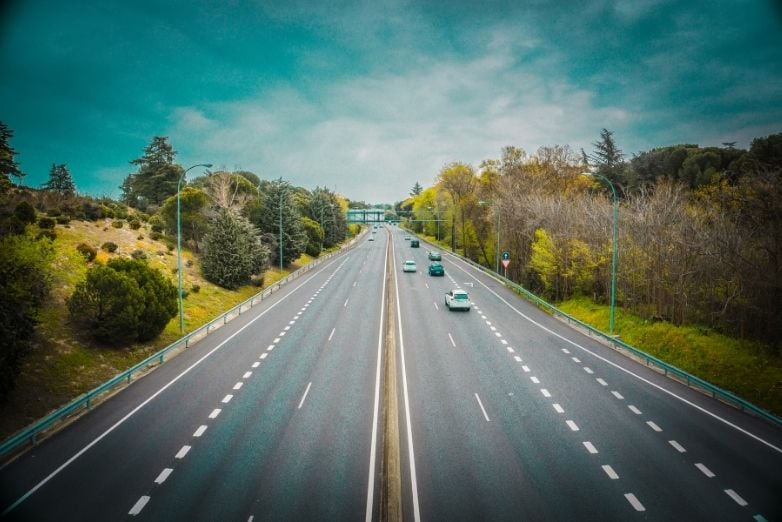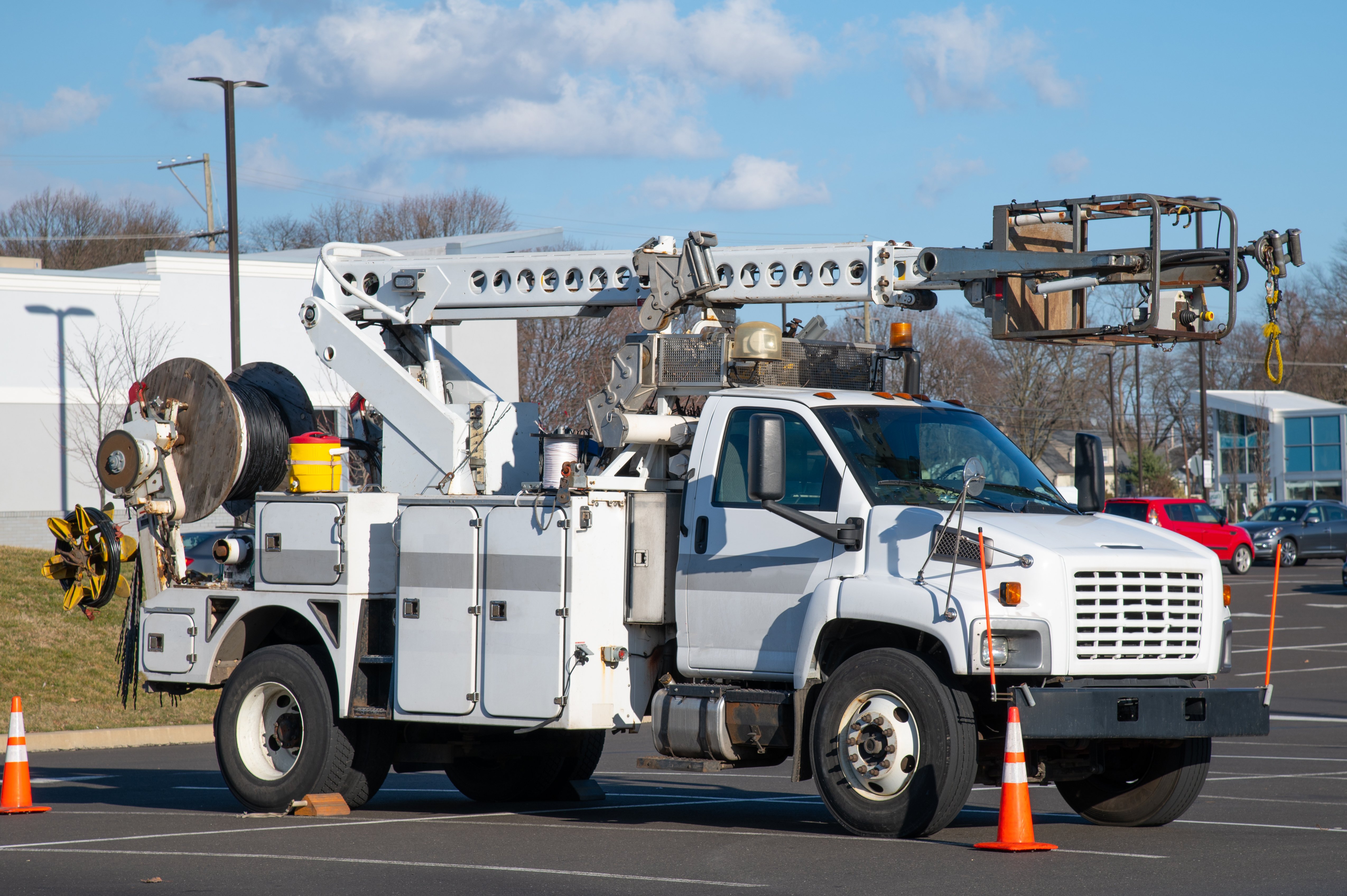
The official kick-off to summer begins with the Memorial Day weekend. Many people hit the road to visit family and friends or simply to take a few days off to relax after a long winter. This time of year also kicks off a busy season of drivers on the roads. With more vehicles are on the road, what can drivers do to remain safe during holiday weekends?
Memorial Day brings with it excitement, but also some tragedies. The holiday weekend accounts for one of the highest numbers of traffic-related injuries and fatalities across the United States. This does not have to happen — there are skills that all drivers can practice and apply to keep themselves and others safer on the roads. Here are five driver safety tips for holiday weekends.
1. Prepare for the Unexpected
First, it’s important to remember that many people are anxious to get to where
they’re going. Their mind is on their destination and not on the drive to their
destination.
For that reason, drivers need to watch out for the unexpected. Look for vehicles that have a fair number of bags visible — their weekend getaway supplies. That’s one sign the driver may have their mind on the destination and not on their driving.
To give yourself more time, greater awareness, and less stress, make sure to
maintain a 4-second minimum following distance between your vehicle and the vehicle in front of you. This space allows you to stop in time if the driver ahead of you brakes quickly and harshly. If the roads are wet or you have a heavy vehicle, increase your following distance to allow enough time to stop.
To determine what the following distance should be, choose a stationary object, such as a sign or post, and then count the seconds from the time the vehicle's back bumper in front of you passes that object until your vehicle's front bumper reaches the same landmark.
Whenever possible, avoid staying directly beside another vehicle. Rather, Leave
Yourself an Out®. The safest position is with few or no vehicles around you. This
space gives you room to move if you suddenly need to. It can also give the drivers around you room to move if they’re not paying attention to the traffic.
Another thing to watch out for during holiday weekends is road rage. While many drivers are excited to get to their destinations, many may also be frustrated because of traffic or road construction delays. Impatient drivers may run red lights or attempt to squeeze into spaces in traffic where there isn’t much room.
Expect these actions and adjust to them. Remember that the right-of-way is given, not taken. If someone is determined to take the right-of-way from you, allow it. The few seconds you lose will not prevent you from reaching your destination — but safely giving those seconds up will help ensure you reach your destination safely.
2. Watch Out for Distractions
Long weekends bring with them their own set of driver distractions. Prior to setting out, make sure to account for additional traffic and road construction. Have alternative routes planned for such instances.
If you’re using a navigation system, plan your route before getting on the road so you can concentrate on the drive. To avoid an added distraction, ensure the GPS is providing voice directions and not only visual directions. Taking your eyes and mind off the road for just a few seconds means you’ll need an extra few seconds to refocus on your driving environment. Those few seconds can mean the difference between getting into a crash or avoiding one.
There’s no question that a mobile phone creates a huge distraction for many drivers. Keep your phone silent during your trip. Let your passenger be the co-pilot and do the texting and calls if needed. If driving alone, place your phone somewhere out of reach so that it doesn’t cause distractions. If you need to make a call or check your device, pull over to a safe location first.
3. Seat Belts Save Lives
There is no question that seat belts save lives and reduce injuries. According to the National Highway Traffic Safety Administration, 47% of the 22,215 passenger vehicle occupants killed in 2019 were not wearing seat belts. That number rose to 55% of passengers killed during crashes occurring at night.
Making the decision for you and your passengers to wear seat belts helps ensure that all inside your vehicle stay safe. Protecting your family and passengers during busy traffic is your responsibility as a driver.
With traffic and the risks of sudden stops and quick lane changes, wearing a seat belt is a good option to help reduce injuries and fatalities during the holiday weekend.
It’s important to remember that when something in motion stops suddenly,
anything or anyone not restrained will continue to move in that direction. That
includes any occupants of the vehicle. A properly worn seatbelt keeps each of the occupants upright, including the driver, and it allows the driver to stay in control of their vehicle.
4. Watch Out for Drunk Drivers
There’s no question that drinking and driving is a huge problem on holiday
weekends. Drinking is a common aspect of celebrations and unfortunately, people tend to forget they’re in no condition to get behind the wheel of a vehicle after consuming alcohol.
In the United States, about 28 people die each day in crashes that involve drunk driving. Roughly one-third of fatal crashes on Memorial Day weekend involve impaired drivers. And it’s not just the driver who is at risk. Innocent people are also involved when someone chooses to drive drunk.
Because of the additional threat of drunk drivers on the road, it’s essential to apply the Smith System principle Get the Big Picture®. As a driver, it’s your responsibility to make sure that you are always paying attention to what’s happening on the road around you. Look at the traffic on either side of you and use your mirrors to see what is going on behind you.
5. Plan Ahead
Although many people are anxious to reach their destinations, heading out when the traffic is most extreme may extend the length of the trip and cause added frustrations.
Consider traveling during off-peak times. The riskiest time to travel is right after
most people finish work on Friday afternoons. Driving during off-peak hours means fewer vehicles and less congestion on the roads. Giving yourself extra time to get to your destination helps reduce some of the stress about arriving on time.
Stay as patient as possible. Understand that driving during long weekends takes time and other drivers will exhibit risky behaviors. You have no control over their actions — but you can plan to stay calm behind the wheel. Controlling your actions is all you can do to keep yourself and your passengers safe.
Keep Yourself and Your Family Safe
Knowing how to manage everything from harsh weather to distracted drivers on the roads during holiday weekends provides you with tools that can save lives.
Smith System’s Driving Family video offers the proven Smith5Keys® principles for family drivers, empowering you to be safer every time you get behind the wheel.










